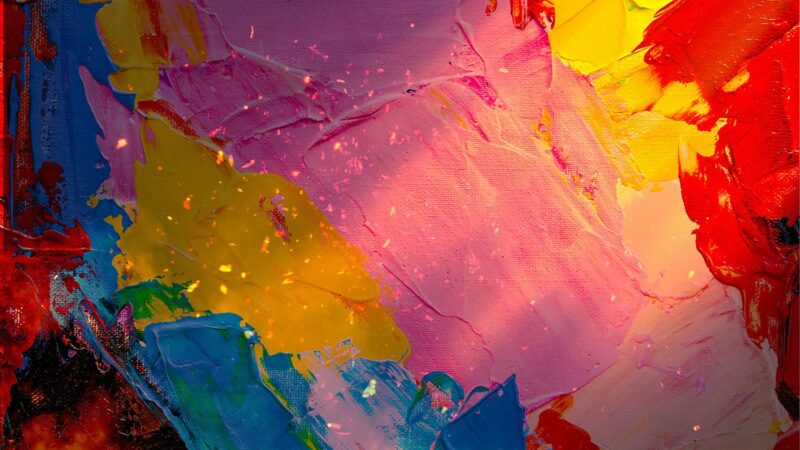It is not easy to start being artistic, especially if you have never dabbled in art before. Unearthing your creative self begins with assembling the right arsenal of art supplies. You need the right tools to discover your artistic potential. The bare essentials encompass sketchpads, pencils of varying hardness, erasers, sharpeners, and a good set of colored pencils or crayons.
Finished art can also be a great inspiration. It is easier to copy at first until you are able to do it on your own. Check them here if you are interested. As we delve further into different art forms, other tools become vital. But first, we start with the easiest forms of art for complete beginners.
Setting Up a Creative Workspace
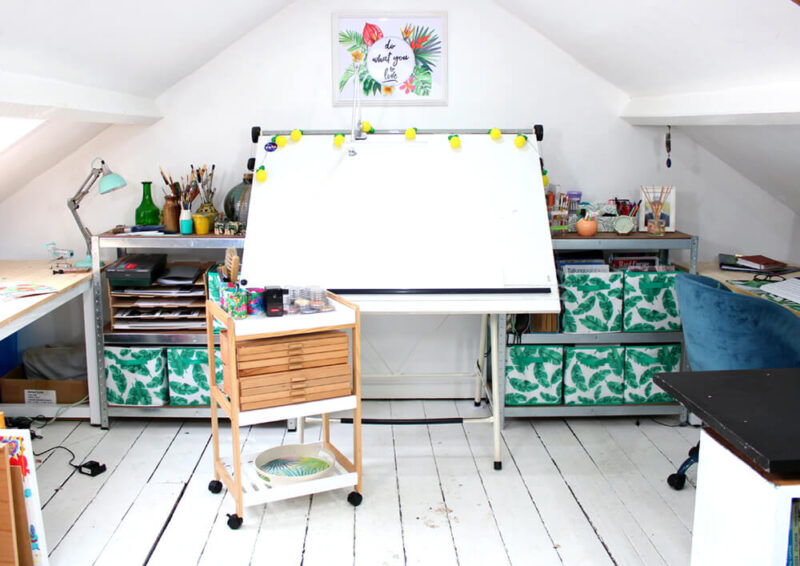
Designing an artistic alcove encourages inspiration, focus, and the free flow of creativity. The first paragraph of this section highlights the physical aspects of such a space. Ensure your workspace is well-lit, ideally with a combination of natural and artificial light sources. Ample space to spread out your supplies is vital for unhindered workflow. Your surroundings should be conducive to reflection and ideation, filled with elements that spark your creativity—art books, stimulating visuals, and maybe even a window overlooking nature.
Equally crucial is the mental aspect of your workspace. As important as physical light is the metaphorical light of a positive environment. This space should be your sanctuary, free from distractions and negativity. Encourage a mental space that promotes exploration, mistakes, and growth. Acceptance and patience with your creative journey are key. Embrace the messiness of the process; view it as an extension of the beautiful chaos that is creativity.
Starting with Sketching and Doodling

Sketching and doodling are the initial stepping stones of the artistic journey. These simple yet powerful techniques help in familiarizing oneself with the basics of form, line, and shading. Sketching is a rough freehand drawing without many details. It’s about capturing the basic shape and structure of your subject. Doodling, on the other hand, is even more abstract, allowing free rein to your thoughts and helping tap into your subconscious creativity.
Equally noteworthy is the role of doodling and sketching in building hand-eye coordination and visual analysis. They train your brain to translate the three-dimensional world onto a two-dimensional canvas. Doodling often leads to accidental discoveries and breakthroughs in design. Both these methods emphasize the importance of observation. They teach you to really ‘see’ and understand your subject, enhancing your ability to represent it effectively.
Experimenting with Different Drawing Techniques
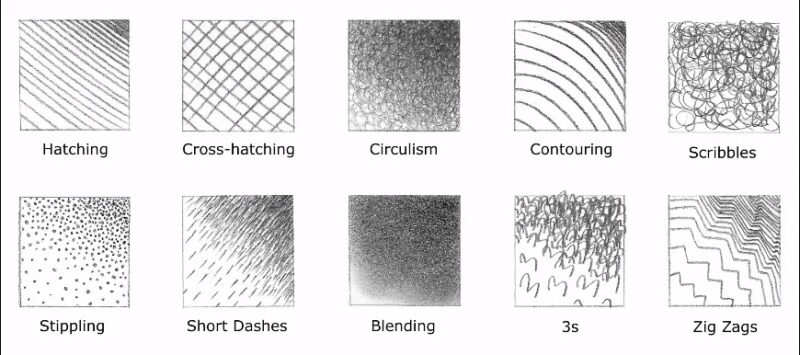
Artistic growth is fueled by curiosity and experimentation. Drawing techniques are a playground for this exploratory spirit. Various strategies like contour drawing, shading, hatching, and cross-hatching serve to add depth, texture, and realism to your artwork. Contour drawing emphasizes the edges and outlines of your subject, teaching you to see and replicate shapes accurately.
Delving deeper, shading, hatching, and cross-hatching add a third dimension to your two-dimensional art. Shading uses gradients of light and dark to imply depth while hatching and cross-hatching use lines of varying density and orientation to achieve a similar effect. These techniques allow you to explore how light interacts with objects, leading to more realistic and captivating artwork.
Learning to Paint with Acrylics
Acrylics serve as an excellent gateway into the vibrant world of painting. They’re versatile, quick-drying, and forgiving to beginners. The initial foray into acrylic painting involves learning to mix colors effectively. Understanding color theory and being able to create the exact shade you need is an empowering and crucial skill. From there, you explore brushwork—how different brushes create varied textures and effects, and how brush direction impacts the feeling and flow of your art.
Progressing further, techniques like glazing, scumbling, and impasto open new realms in acrylic painting. Glazing involves applying thin layers of transparent paint to create depth and subtle color changes. Scumbling is similar but uses opaque paint, leading to different effects. Impasto, on the other hand, is about laying thick paint to create texture. Each of these techniques offers a different way to express and manipulate the emotion in your work. Acrylics, with their flexibility and ease of use, offer a practical and effective way to familiarize yourself with these aspects of painting.
Exploring the World of Pastels
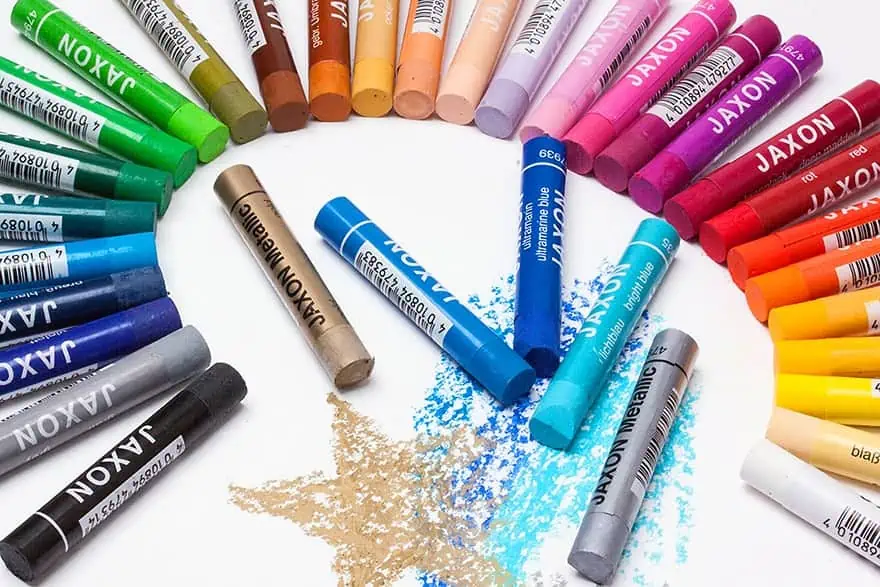
Pastels introduce artists to a medium that blends the line between drawing and painting. Working with pastels begins with understanding the two types—soft and oil pastels. Soft pastels offer a wider range of colors and are great for blending, while oil pastels are vibrant and have a smooth buttery consistency. Each type lends itself well to different techniques, such as layering, scumbling, and feathering, which add depth and texture to your art.
The charm of pastels lies in their immediacy and tactile nature. Unlike paint, they don’t require any brushes or palettes—your fingers are your tools. This direct interaction between the artist and the medium leads to a more intimate connection with your work. Techniques like crosshatching with pastels bring a unique texture and depth to the art. Additionally, pastels’ potential for both detailed work and broader strokes makes them versatile and exciting to explore.
Getting Started with Charcoal Drawing
Charcoal is a unique and rewarding medium that offers a range of expressive possibilities. It’s known for its deep, intense blacks and a wide array of shades, making it ideal for creating striking contrasts. Initially, understanding the types of charcoal—vine, compressed, and pencil—and their unique properties is key. Vine charcoal is soft, providing lighter lines, while compressed charcoal is denser, offering darker lines. Charcoal pencils offer precision and control.
Beyond the basics, techniques like blending, erasing for highlights, and creating gradients come into play. These enable you to create a full range of tones, adding depth and volume to your drawings. Moreover, charcoal’s malleability lends itself well to bold, dramatic strokes as well as fine, delicate details. Exploring the diversity of charcoal allows you to experiment with light and shadow, form, and expression, thereby broadening your artistic skillset.
Discovering the Art of Collage
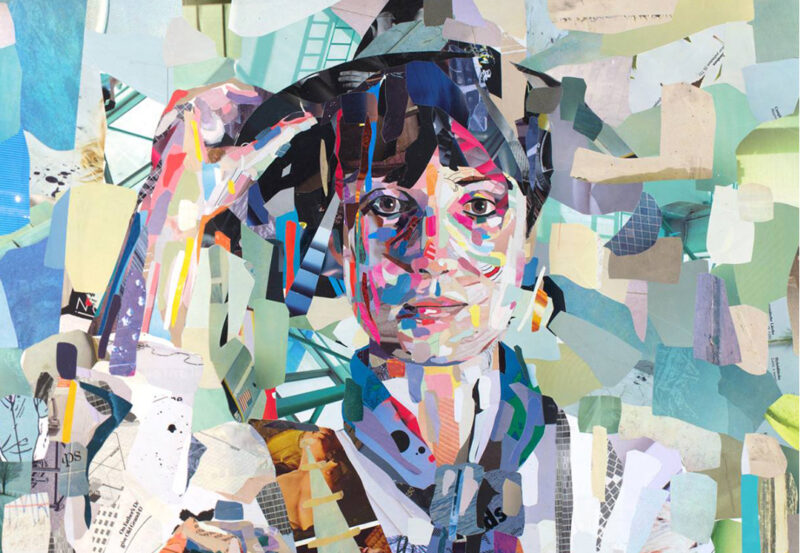
Collage is a gateway into a new kind of artistic freedom. It allows the use of varied materials like paper, fabric, and even found objects, making it a unique form of expression. Starting with collage involves understanding composition and balance. This refers to the arrangement of elements in your work to create a harmonious, visually appealing piece.
The next stage of mastering collage involves exploring the power of juxtaposition—placing disparate images or elements together to create new meanings or narratives. This combination can lead to surprising, thought-provoking, or humorous results, making collage a powerful tool for visual storytelling. So, whether you’re just starting or expanding your art journey, collage offers a new perspective on creativity.
Summary
Learning the basics of art can be quite daunting if you do not know where to start. However, with the tips we’ve shared here, you should now have a clear idea of how to get started in the simplest and most efficient way possible. Start by using easy supplies like graphite pencils and paper or oil pastels on canvas, experiment with shapes and colours until something starts clicking for you. With practice and dedication, it won’t be long before your artwork will captivate all who look at it!

